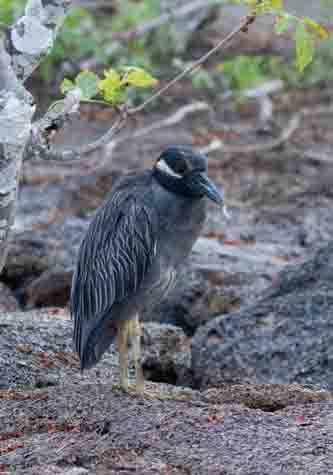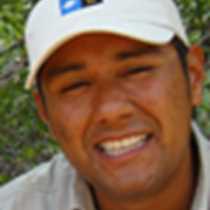The island of Genovesa is one of the most visited places in the Galapagos Islands.
Migratory birds from the northern hemisphere commonly stop along the cliffs already crowded by Nazca boobies.
This Island is different from the others because it is one of the best places to nest in one of the most remote places in the entire archipelago. In fact the largest population of red footed boobies is found here and nowhere else in the Islands, which is the reason why we call it “Birds Island”.
This morning the fresh ocean breeze warmed us up before we disembarked to Darwin’s beach. As part of the unusual welcome committee, one swallowed tail gull had a brand new addition to the colony. It was a nest with a brand new chick! Both of the parents very delicately removed excess nesting material for the offspring.
As we looked trough the red mangrove forest, we noticed some juvenile red footed boobies. Their parents were probably far away collecting flying fish and anchovies, their regular food supply found several miles away in the deep ocean.
Around the deep water snorkeling site, our guests observed in person, for the very first time in their life, hammerhead sharks, approximately four of them near the shallow reef. Eagle rays, mobulas and golden cow rays formed small schools also.
Late in the afternoon, when the temperature decreased, most parts of the Island had small rock formations filled with fresh water. A big rain poured heavily, soaking most land birds and they drank as much as they could collect.
Finally the most anticipated and rare bird sighting occurred just after arriving to the ruff lava flow, storm petrels. They learn to avoid most dangers as they fly in erratic patterns to prevent hunting from the owl! Most of the time they succeed in escaping danger, but the owls have learned to wait in the rock crevices instead of wasting precious energy trying to catch them during flight.
We were once again delighted by the overwhelming presence of incredible wildlife.







